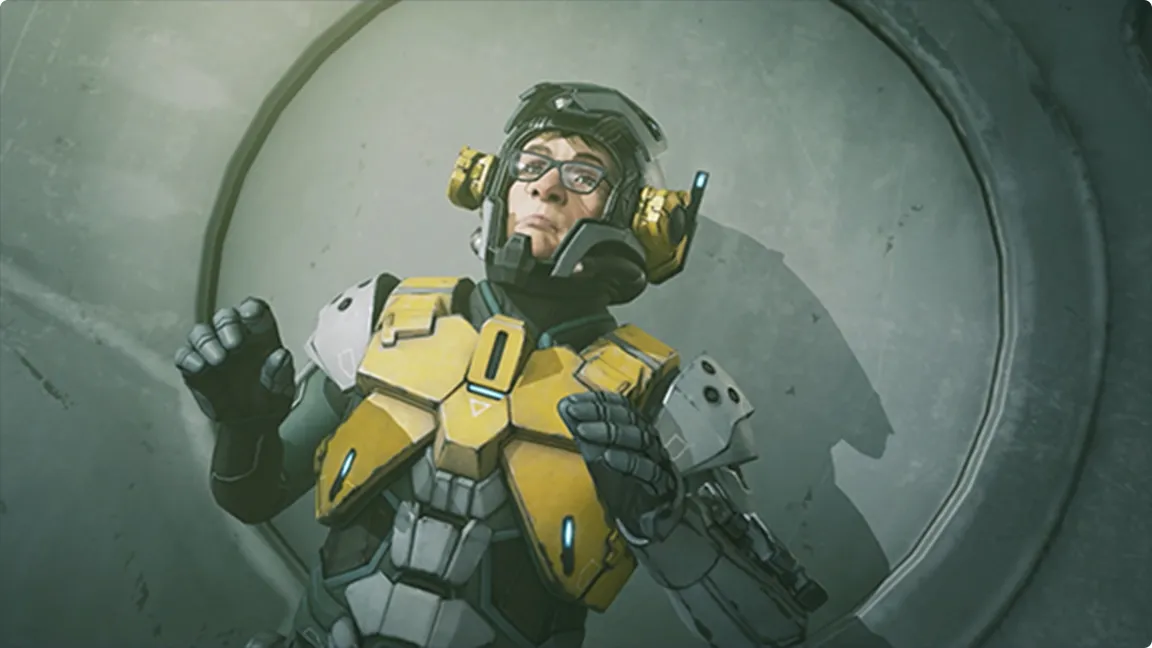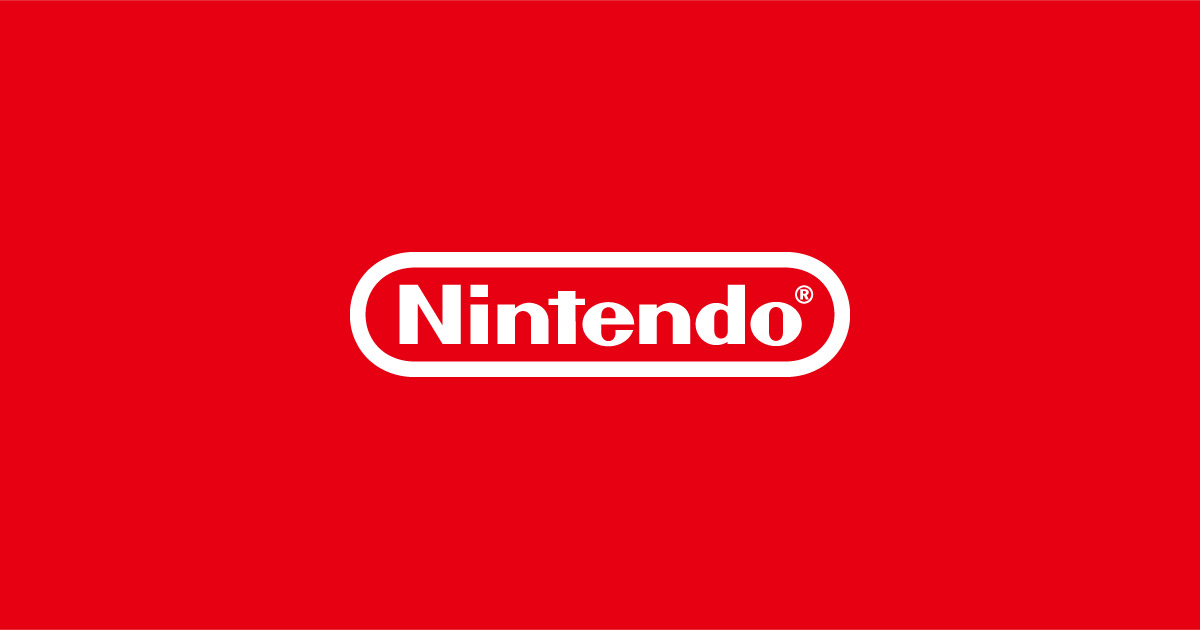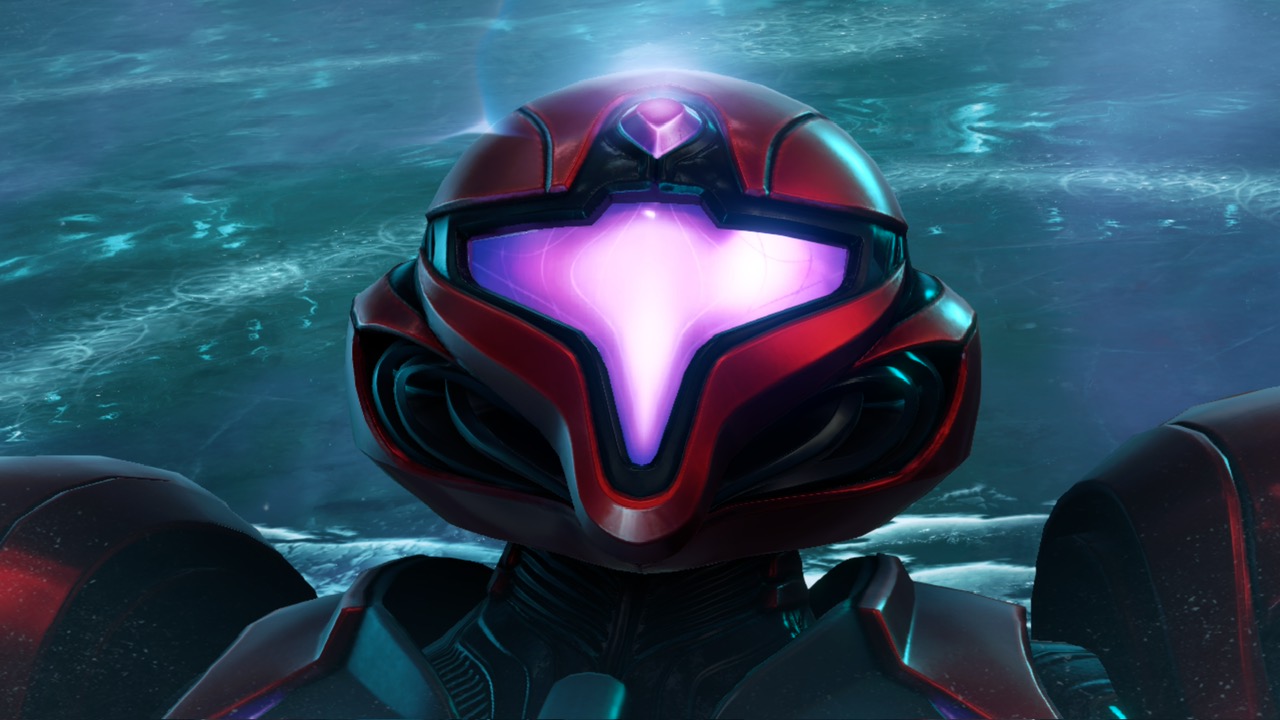How Metroid and Samus Aran Changed Gender Representation in Nintendo Games
Metroid, developed by Nintendo and first released in 1986 for the Famicom Disk System and later the NES, holds a notable place in gaming history.
The franchise introduced players to Samus Aran, a bounty hunter with a mysterious identity, pacing players through the treacherous landscapes of Planet Zebes.
Over the decades, Metroid titles—including iconic entries like Super Metroid, Metroid Prime, and Metroid Dread—have transcended platform generations, from the Super Nintendo Entertainment System to the Nintendo Switch.
Yet, it was not just Samus’s adventures or Nintendo’s design achievements that cemented the series’ legacy, but the groundbreaking reveal of Samus’s identity: one of gaming’s most iconic female protagonists. In the early days of video games, most main characters—across genres and platforms—were male.
Female gamers were often underrepresented, both in character selection and in the broader gaming community.
When Nintendo first introduced Metroid, players were largely unaware of Samus Aran’s gender; she was simply a faceless, strong bounty hunter hidden inside a power suit.
It was only after defeating the final boss, Mother Brain, that the game revealed Samus to be a woman, subverting expectations and challenging industry norms. The twist was significant, not simply for its shock value but because at the time, women were rarely seen as heroes in video games.
The moment—now legendary—was a powerful acknowledgment that female characters could be more than supporting roles or caricatures, capable of leading their own franchises with depth and nuance.
As one might summarize the developer sentiment, the surprise was intended to show that anyone could be behind the helmet—and that gender should not dictate a character’s strength or narrative importance. Samus’s reveal has since inspired ongoing conversations about portrayals of women in gaming.
Later entries such as Metroid: Other M, released on the Wii in 2010, sparked debate about the balance between revealing vulnerabilities and preserving agency in female protagonists.
Some critics have questioned the more pronounced depiction of Samus’s personality and appearance, wondering if such traits would garner as much attention were she not female.
These discussions have been vital in the evolving narrative of gender representation within the Nintendo ecosystem and the broader gaming world. Other Nintendo properties have gradually introduced more prominent female leads—examples include Princess Peach’s starring role in Super Princess Peach and Sheik’s reveal in The Legend of Zelda: Ocarina of Time—yet the landscape is still developing.
Despite progress, the industry continues to examine how gender is portrayed, with strong female leads like Samus, Lara Croft (Tomb Raider), and Jill Valentine (Resident Evil) setting new standards and encouraging diversity in character design and storytelling. In summary, Metroid and Samus Aran’s place in gaming history goes beyond sales numbers and platform innovations.
The series sparked a cultural shift within Nintendo and the broader industry, making space for complex, leading female characters.
As Nintendo continues to break records on the Nintendo Switch and digital platforms like the eShop, Samus’s legacy remains a reminder of how one bold reveal can redefine gender representation in gaming. Share your thoughts: Has the industry done enough to promote gender equality among game protagonists, or is there further to go? Samus Aran’s legacy endures as a symbol of progress, but the conversation about representation continues to evolve.
The franchise introduced players to Samus Aran, a bounty hunter with a mysterious identity, pacing players through the treacherous landscapes of Planet Zebes.
Over the decades, Metroid titles—including iconic entries like Super Metroid, Metroid Prime, and Metroid Dread—have transcended platform generations, from the Super Nintendo Entertainment System to the Nintendo Switch.
Yet, it was not just Samus’s adventures or Nintendo’s design achievements that cemented the series’ legacy, but the groundbreaking reveal of Samus’s identity: one of gaming’s most iconic female protagonists. In the early days of video games, most main characters—across genres and platforms—were male.
Female gamers were often underrepresented, both in character selection and in the broader gaming community.
When Nintendo first introduced Metroid, players were largely unaware of Samus Aran’s gender; she was simply a faceless, strong bounty hunter hidden inside a power suit.
It was only after defeating the final boss, Mother Brain, that the game revealed Samus to be a woman, subverting expectations and challenging industry norms. The twist was significant, not simply for its shock value but because at the time, women were rarely seen as heroes in video games.
The moment—now legendary—was a powerful acknowledgment that female characters could be more than supporting roles or caricatures, capable of leading their own franchises with depth and nuance.
As one might summarize the developer sentiment, the surprise was intended to show that anyone could be behind the helmet—and that gender should not dictate a character’s strength or narrative importance. Samus’s reveal has since inspired ongoing conversations about portrayals of women in gaming.
Later entries such as Metroid: Other M, released on the Wii in 2010, sparked debate about the balance between revealing vulnerabilities and preserving agency in female protagonists.
Some critics have questioned the more pronounced depiction of Samus’s personality and appearance, wondering if such traits would garner as much attention were she not female.
These discussions have been vital in the evolving narrative of gender representation within the Nintendo ecosystem and the broader gaming world. Other Nintendo properties have gradually introduced more prominent female leads—examples include Princess Peach’s starring role in Super Princess Peach and Sheik’s reveal in The Legend of Zelda: Ocarina of Time—yet the landscape is still developing.
Despite progress, the industry continues to examine how gender is portrayed, with strong female leads like Samus, Lara Croft (Tomb Raider), and Jill Valentine (Resident Evil) setting new standards and encouraging diversity in character design and storytelling. In summary, Metroid and Samus Aran’s place in gaming history goes beyond sales numbers and platform innovations.
The series sparked a cultural shift within Nintendo and the broader industry, making space for complex, leading female characters.
As Nintendo continues to break records on the Nintendo Switch and digital platforms like the eShop, Samus’s legacy remains a reminder of how one bold reveal can redefine gender representation in gaming. Share your thoughts: Has the industry done enough to promote gender equality among game protagonists, or is there further to go? Samus Aran’s legacy endures as a symbol of progress, but the conversation about representation continues to evolve.






